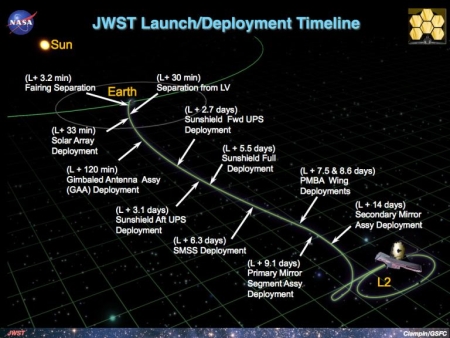Europe’s Ariane-5 rocket completes its last launch
The Ariane-5 rocket today successfully completed its final launch, lifting off from French Guiana and placing two communications satellites into orbit.
At the moment Europe has no capability of putting anything into orbit. Ariane-5 is retired. Ariane-6, its replacement, is far behind schedule will probably not make its first test flight until next year. The Vega-C rocket is grounded because of a launch failure in December 2022.
This was only the second launch for Europe in 2023, so the the leader board in the 2023 launch race remains the same:
44 SpaceX
24 China
9 Russia
5 Rocket Lab
In successful launches, American private enterprise still leads China 50 to 24 in the national rankings, while SpaceX by itself leads the entire world combined, excluding American companies, 44 to 42.
The Ariane-5 rocket today successfully completed its final launch, lifting off from French Guiana and placing two communications satellites into orbit.
At the moment Europe has no capability of putting anything into orbit. Ariane-5 is retired. Ariane-6, its replacement, is far behind schedule will probably not make its first test flight until next year. The Vega-C rocket is grounded because of a launch failure in December 2022.
This was only the second launch for Europe in 2023, so the the leader board in the 2023 launch race remains the same:
44 SpaceX
24 China
9 Russia
5 Rocket Lab
In successful launches, American private enterprise still leads China 50 to 24 in the national rankings, while SpaceX by itself leads the entire world combined, excluding American companies, 44 to 42.

